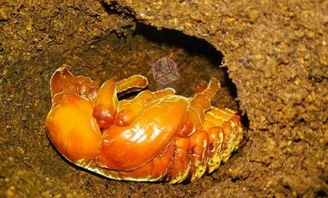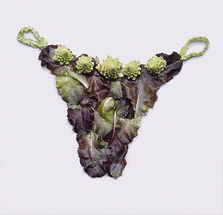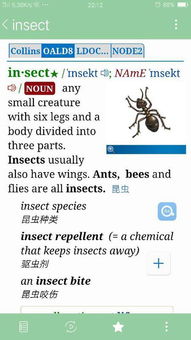
Insect Bite Turns into Blister: A Detailed Guide
Have you ever experienced an insect bite that turned into a blister? It can be quite an uncomfortable and concerning situation. In this article, we will delve into the details of how an insect bite can transform into a blister, the causes, symptoms, treatment, and prevention methods. Let’s explore this topic in a comprehensive manner.
Understanding the Process

When an insect bites you, it injects its saliva into your skin. This saliva contains enzymes and other substances that help the insect digest your blood. However, these substances can also trigger an immune response in your body, leading to inflammation and swelling.
As the body tries to fight off the foreign substances, a localized immune response occurs. This response can cause the formation of a blister. A blister is a fluid-filled sac that forms on the skin to protect the underlying tissue from further damage.
Causes of Blister Formation

Several factors can contribute to the formation of a blister after an insect bite:
| Factor | Description |
|---|---|
| Insect Saliva | The enzymes and other substances in the insect’s saliva can trigger an immune response, leading to inflammation and blister formation. |
| Body’s Immune Response | The body’s immune system reacts to the foreign substances in the insect saliva, causing inflammation and swelling. |
| Duration of Bite | A longer duration of the bite can increase the chances of blister formation. |
| Location of Bite | Bites on sensitive areas, such as the face or genitals, may be more prone to blister formation. |
Symptoms of Blister Formation

After an insect bite, you may notice the following symptoms:
-
Pain or itching at the bite site
-
Redness and swelling around the bite
-
Formation of a fluid-filled blister
-
In some cases, fever or flu-like symptoms
Treatment of Blister Formation
Here are some effective treatment methods for an insect bite that has turned into a blister:
-
Clean the bite area with soap and water to prevent infection.
-
Apply a cool, wet compress to reduce swelling and pain.
-
Keep the bite area clean and dry to prevent infection.
-
Apply an antiseptic ointment or cream to prevent infection.
-
Take over-the-counter pain relievers, such as ibuprofen or acetaminophen, to alleviate pain and inflammation.
Prevention of Blister Formation
Preventing insect bites can help reduce the chances of a blister forming. Here are some tips to consider:
-
Wear protective clothing, such as long sleeves and pants, when in areas with a high risk of insect bites.
-
Use insect repellents containing DEET or picaridin on exposed skin and clothing.
-
Stay in well-lit areas and avoid tall grass or shrubs where insects may be hiding.
-
Keep your home and yard free of standing water, as it can attract mosquitoes and other insects.
-
Consider using bed nets and screens to prevent insects from entering your home.
In conclusion, an insect bite can turn into a blister due to the body’s immune response to the insect saliva. By understanding the causes, symptoms, treatment, and prevention methods, you can effectively manage and prevent blister formation after an insect bite.




